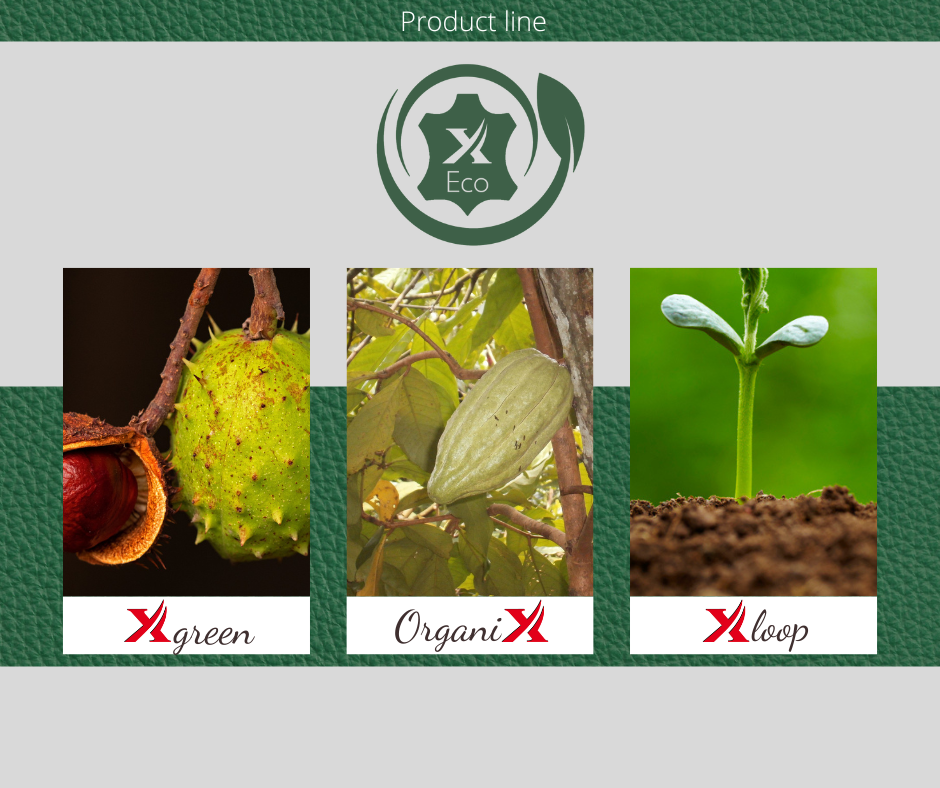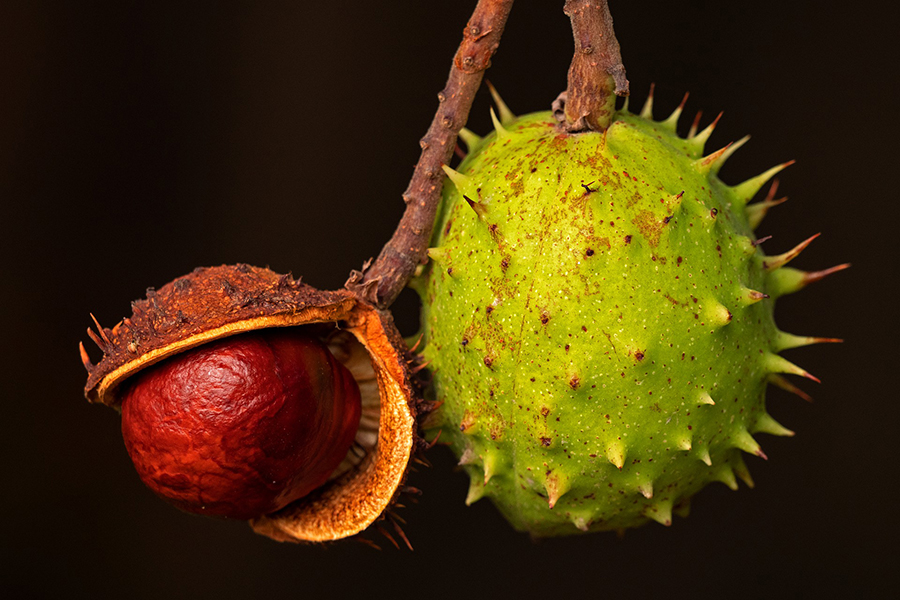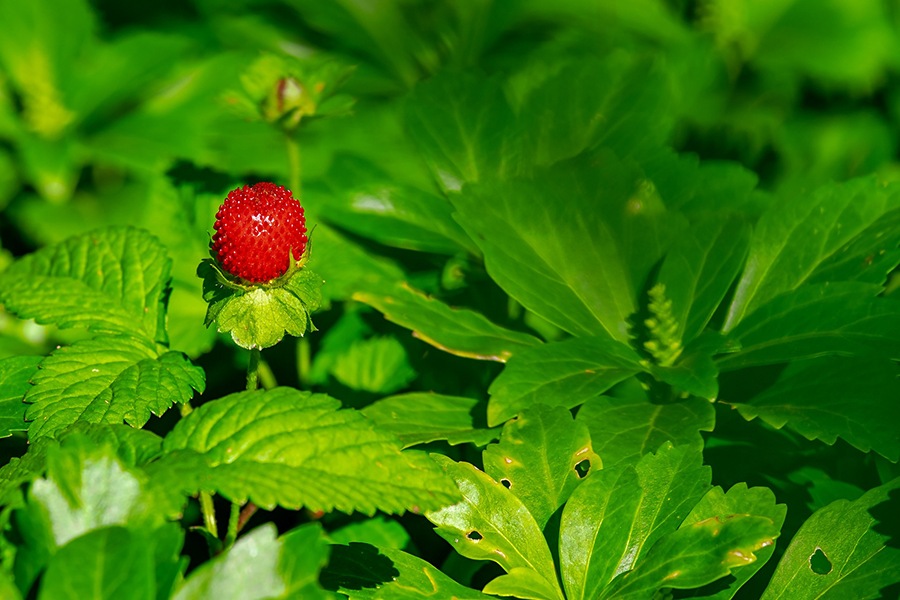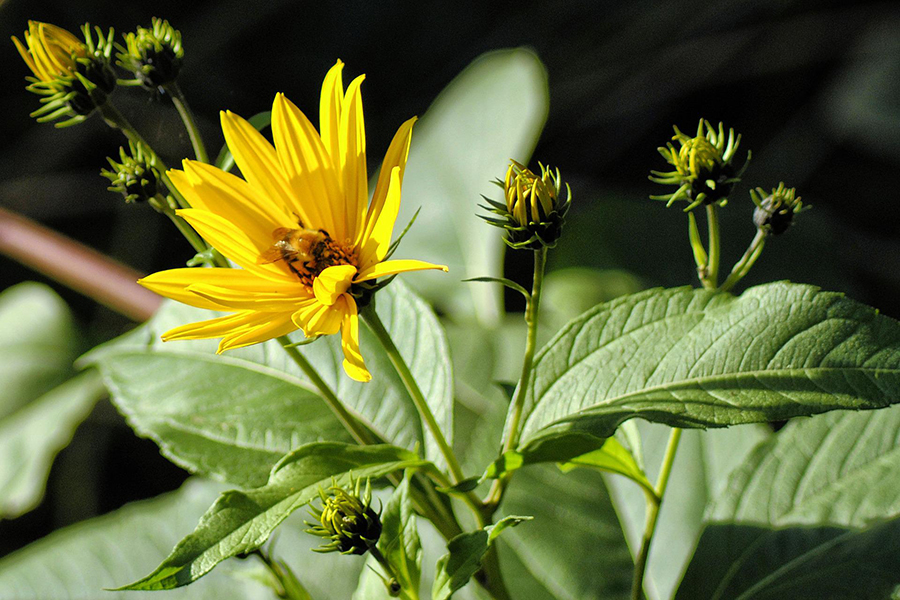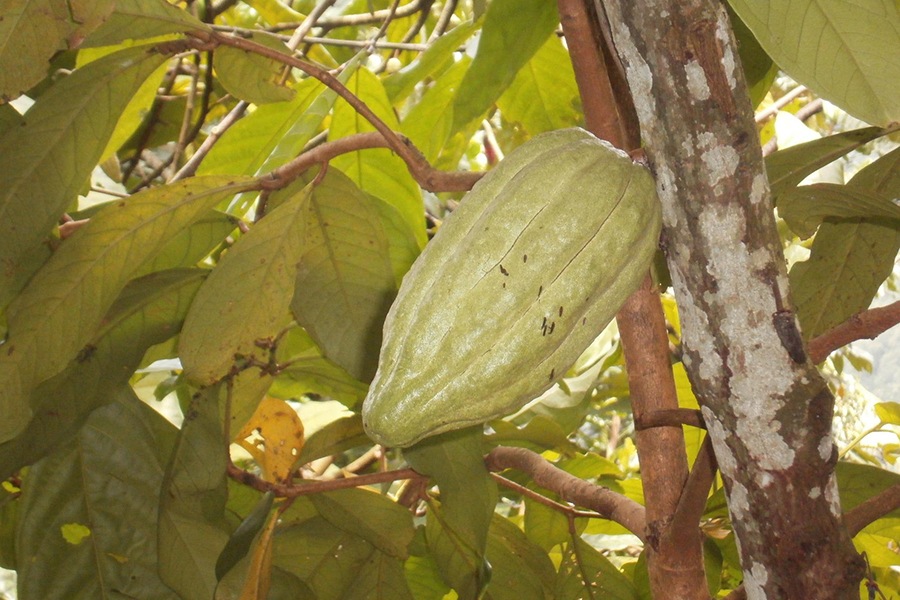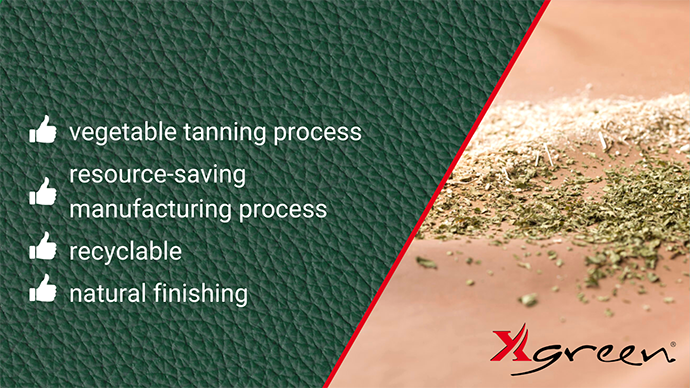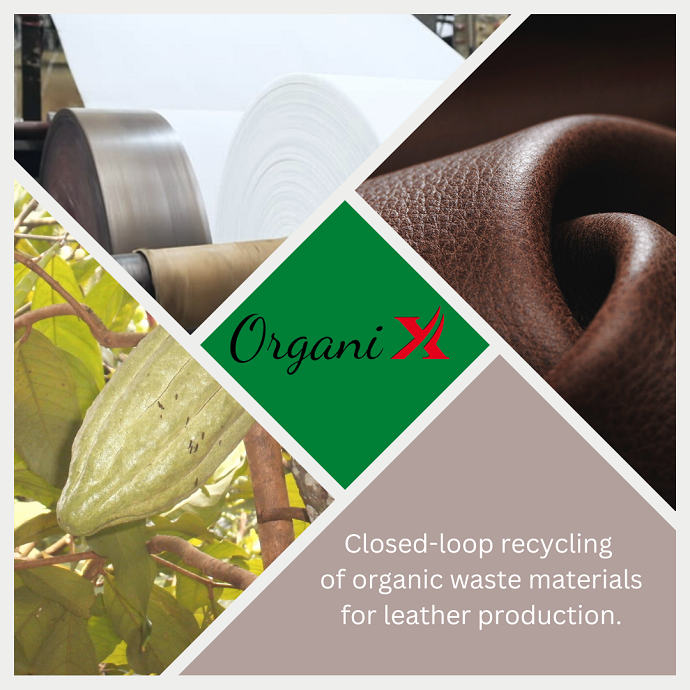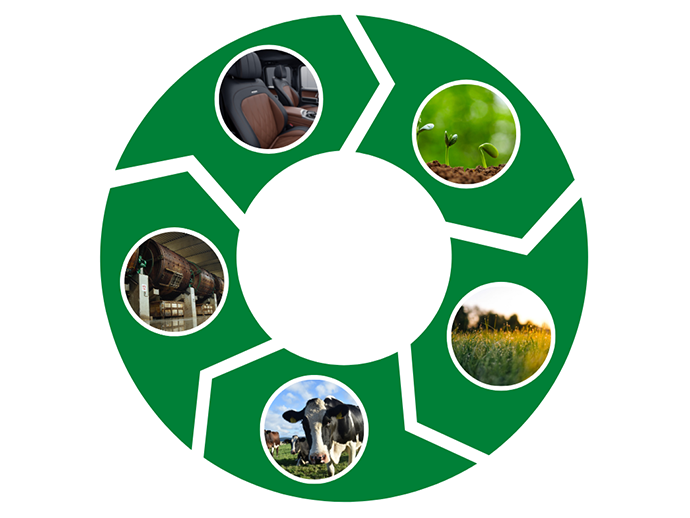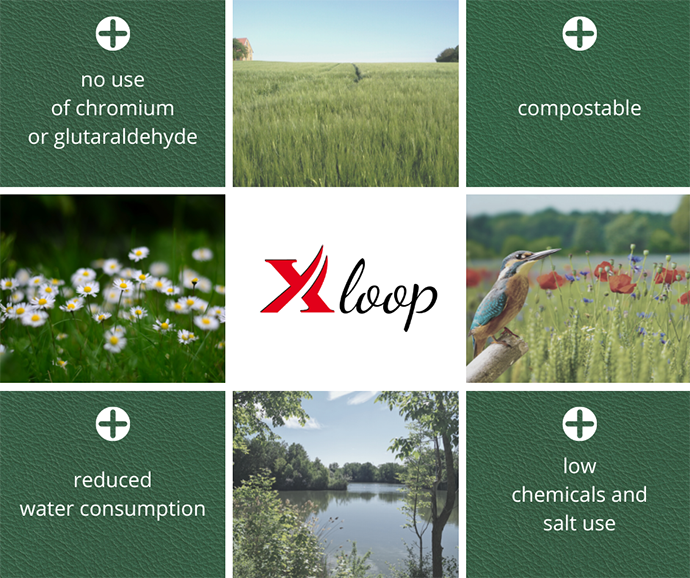Sustainable Leather Innovations
Innovation is indispensable to enable sustainable business. At BOXMARK, however, new developments are not only considered from the technical or economic side. We expand the concept of innovation to include the socio-ecological aspect by ensuring that new developments are not driven forward in a consequence-blind manner. We do this in the conviction that our customers will walk this sometimes more arduous path with us.
With the new product line X-Eco, we have already brought three of these sustainable leather innovations to production maturity. We would like to present them to you in more detail below.
XGREEN
Tradition meets innovation! XGREEN is a sustainable leather developed by BOXMARK that combines classic recipes with the latest tanning technology. Only purely vegetable tanning agents such as leaves or herbs from trees and plants are used, which are produced during harvesting and have previously been composted. The raw materials are only used to the extent that they grow back naturally.
So far, tanning recipes have been developed with extracts of chestnut, strawberry leaf, Jerusalem artichoke herb, cocoa shell and gall apple, with more to follow.
If requested by the customer, XGREEN is only drum-dyed, and the finishing is reduced to a water-repellent protective layer without additional color application. In this way, breathability and softness are retained despite good resistance. Natural features such as insect bites, scars or rough spots are deliberately accepted, making each leather hide unique.
Optimized production routes, sensible energy recovery and modern energy management further minimize the use of resources in all areas and make XGREEN one of the most sustainable leathers on the market.
ORGANIX
In the case of Organi-X, organic waste materials are recycled for leather production by tanning with a mixture of lignosulfonate and cocoa shells.
Lignosulfonate is a waste product of the paper industry. Around 50 million tons of this CO2-neutral biopolymer are produced worldwide every year. In cooperation with an Austrian paper manufacturer, it can be used as a tanning agent without further processing steps.
Cocoa shells are a valuable secondary raw material. Here, too, it is a waste product that accumulates during chocolate production. Instead of being disposed of by incineration or composting, the cocoa shells are processed and used as a vegetable retanning agent.
XLOOP
The environmental impact of products has never been more important. Both the product itself and its recycling after the end of its useful life must be taken into account as part of a circular economy concept. That is why XLOOP focused on the entire product life cycle.
Together with our partners from tanning chemistry, we succeeded in developing a compostable leather. The production waste is also biodegradable. In the tanning process, chromium or glutaraldehyde are avoided entirely and only an organically based, synthetic tanning agent is used. This enables a resource-saving process with significantly reduced water consumption and lower use of chemicals and salts. This also relieves the burden on production wastewater, which in turn simplifies its purification.
XLOOP has a wide range of applications, as this tanning process can be used to produce both full and soft leathers as well as firm, sturdy leathers.

